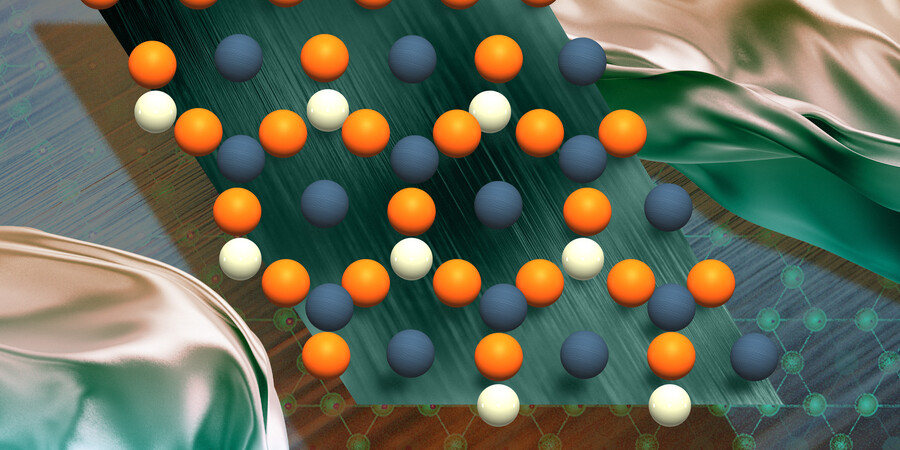July 23, 2024
As the name suggests, most electronic devices today work through the movement of electrons. But materials that can efficiently conduct protons — the nucleus of the hydrogen atom — could be key to a number of important technologies for combating global climate change.
Most proton-conducting inorganic materials available now require undesirably high temperatures to achieve sufficiently high conductivity. However, lower-temperature alternatives could enable a variety of technologies, such as more efficient and durable fuel cells to produce clean electricity from hydrogen, electrolyzers to make clean fuels such as hydrogen for transportation, solid-state proton batteries, and even new kinds of computing devices based on iono-electronic effects.
In order to advance the development of proton conductors, MIT engineers have identified certain traits of materials that give rise to fast proton conduction.
Complete article from MIT News.
Explore
AI System Learns from Many Types of Scientific Information and Runs Experiments to Discover New Materials
Zach Winn | MIT News
The new “CRESt” platform could help find solutions to real-world energy problems that have plagued the materials science and engineering community for decades.
New Tool Makes Generative AI Models More Likely to Create Breakthrough Materials
Zach Winn | MIT News
With SCIGEN, researchers can steer AI models to create materials with exotic properties for applications like quantum computing.
New Transmitter could Make Wireless Devices more Energy-Efficient
Adam Zewe | MIT News
The flexible chip could boost the performance of current electronics and meet the more stringent efficiency requirements of future 6G technologies.




